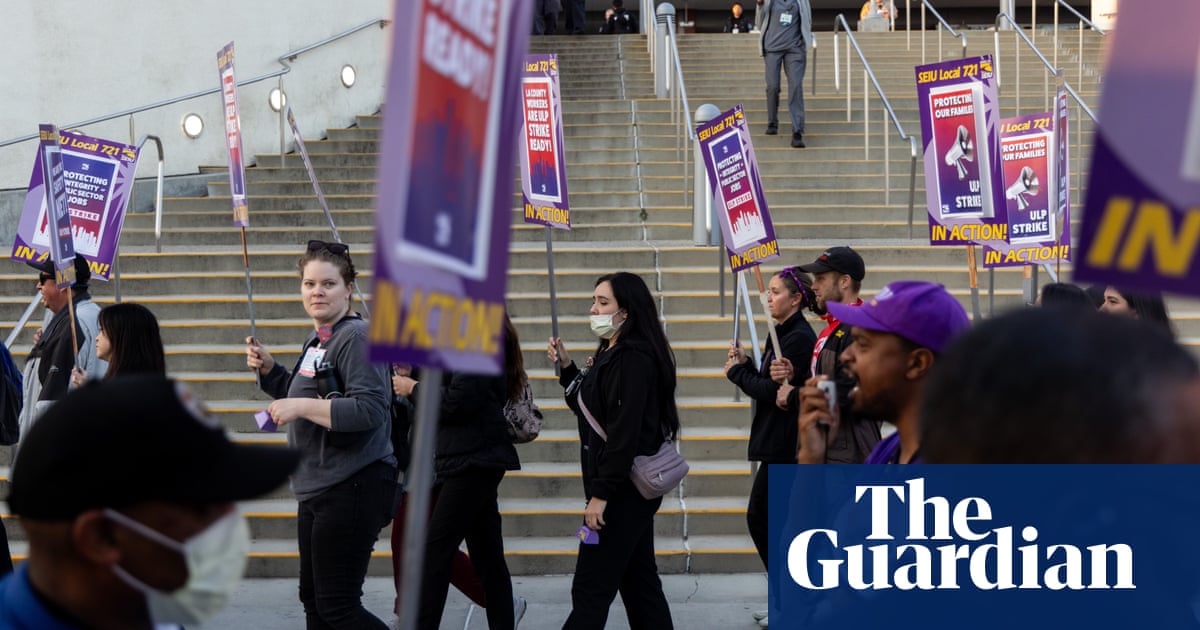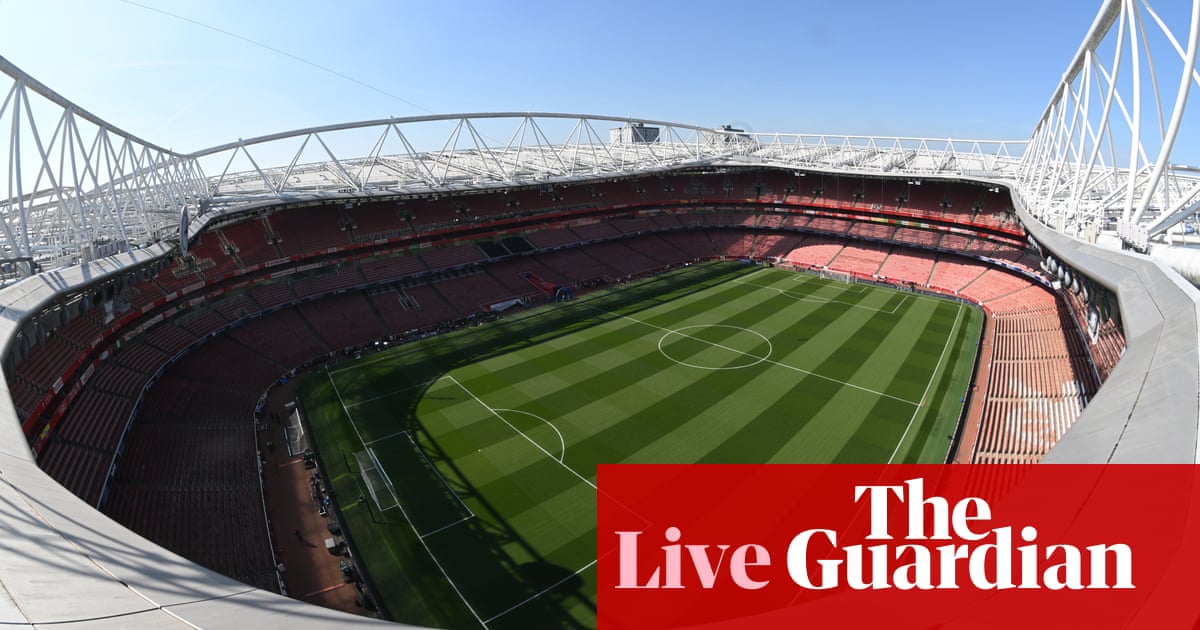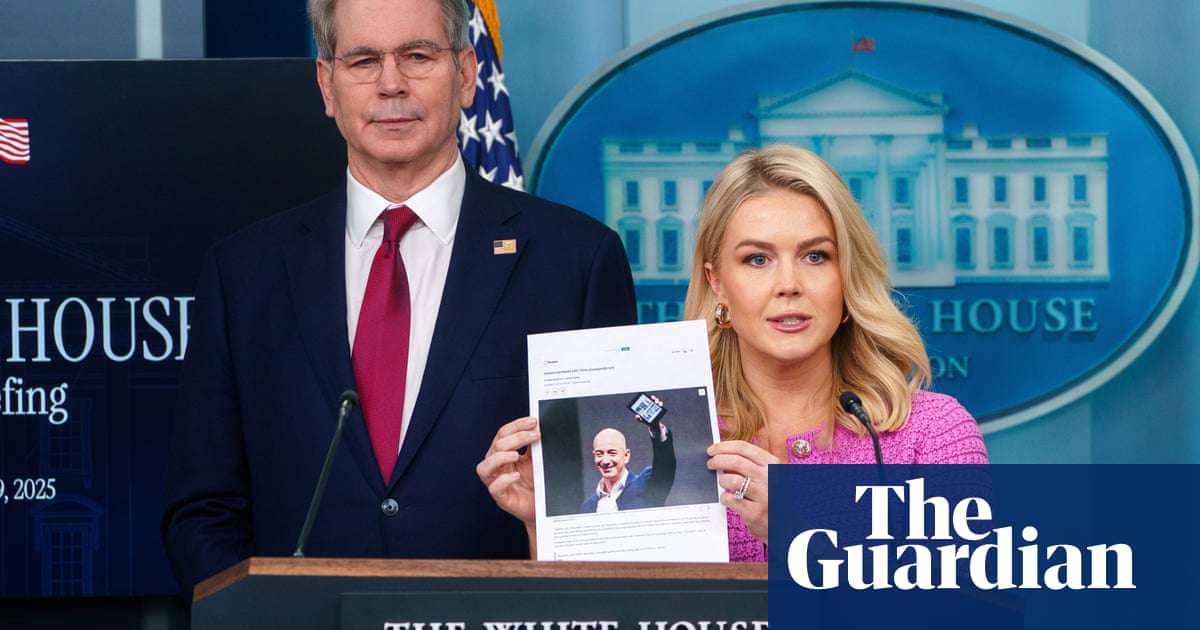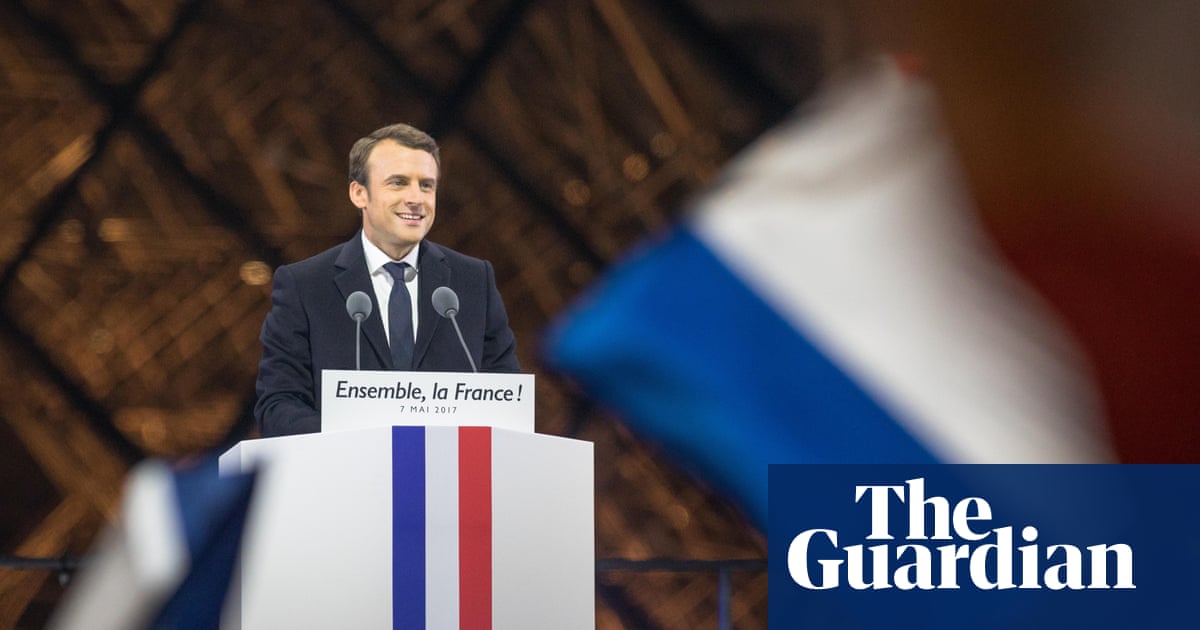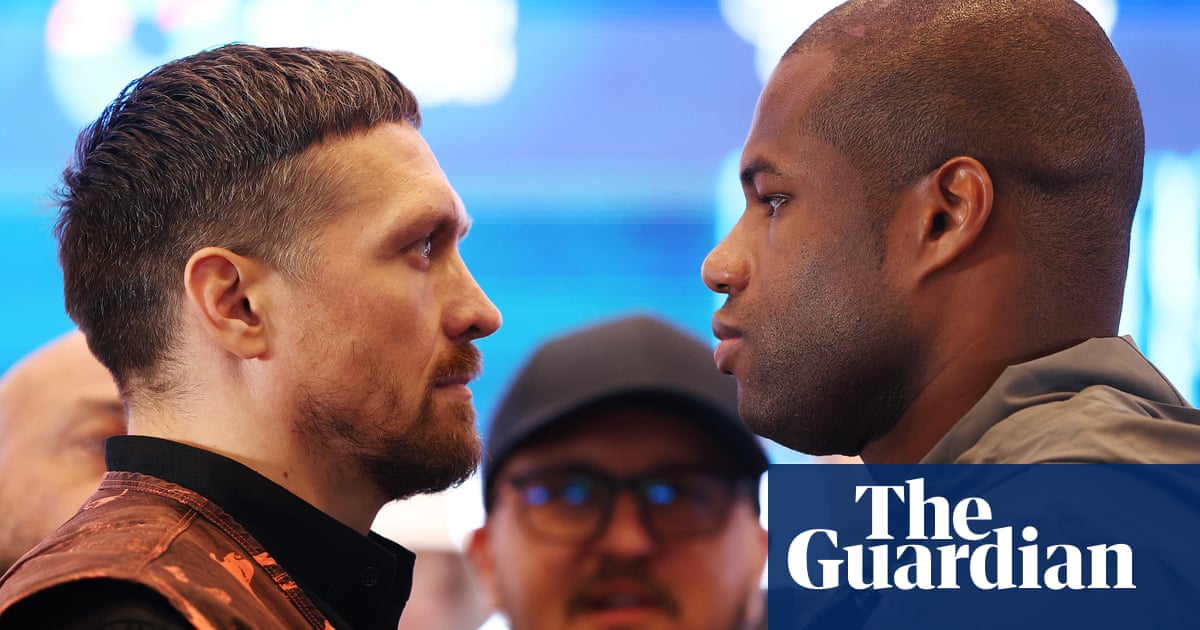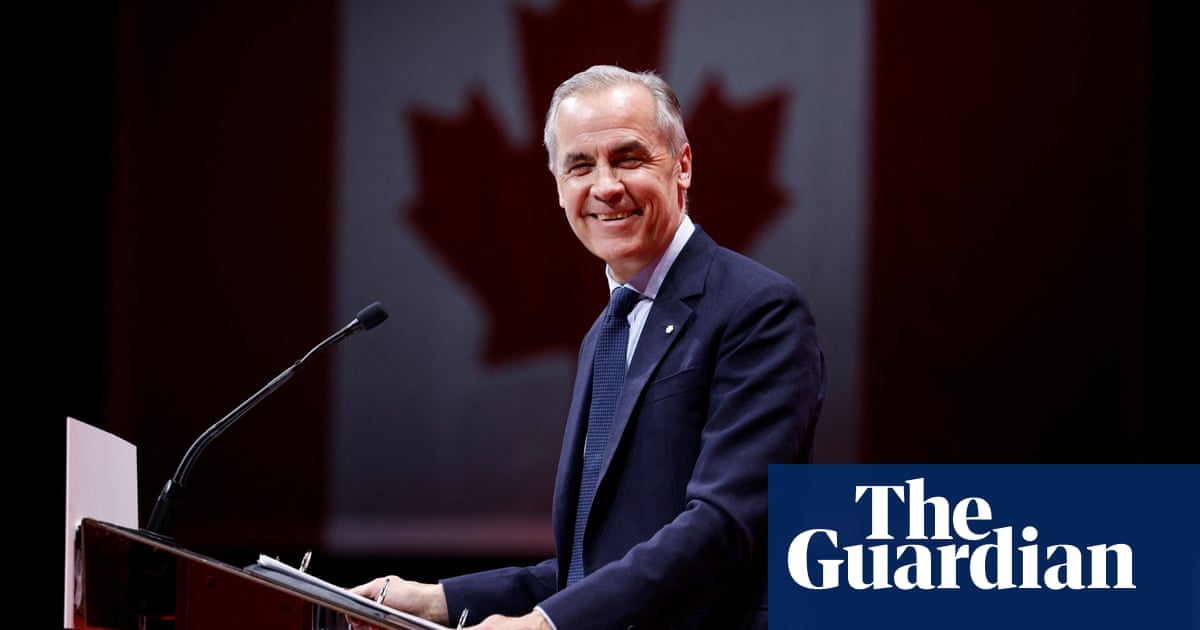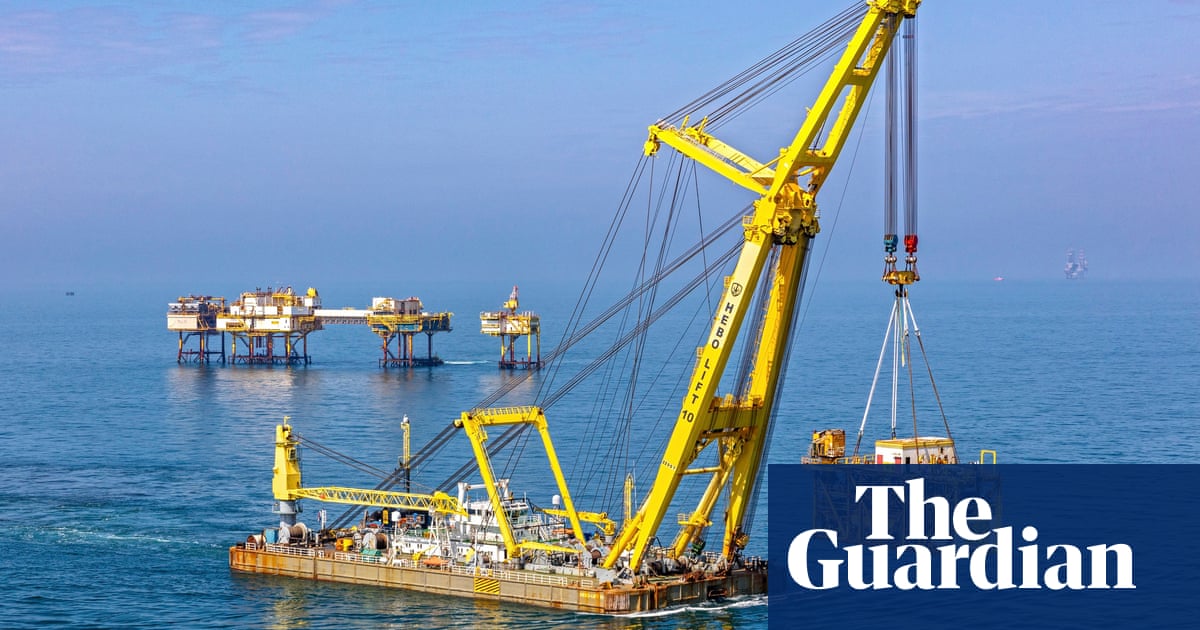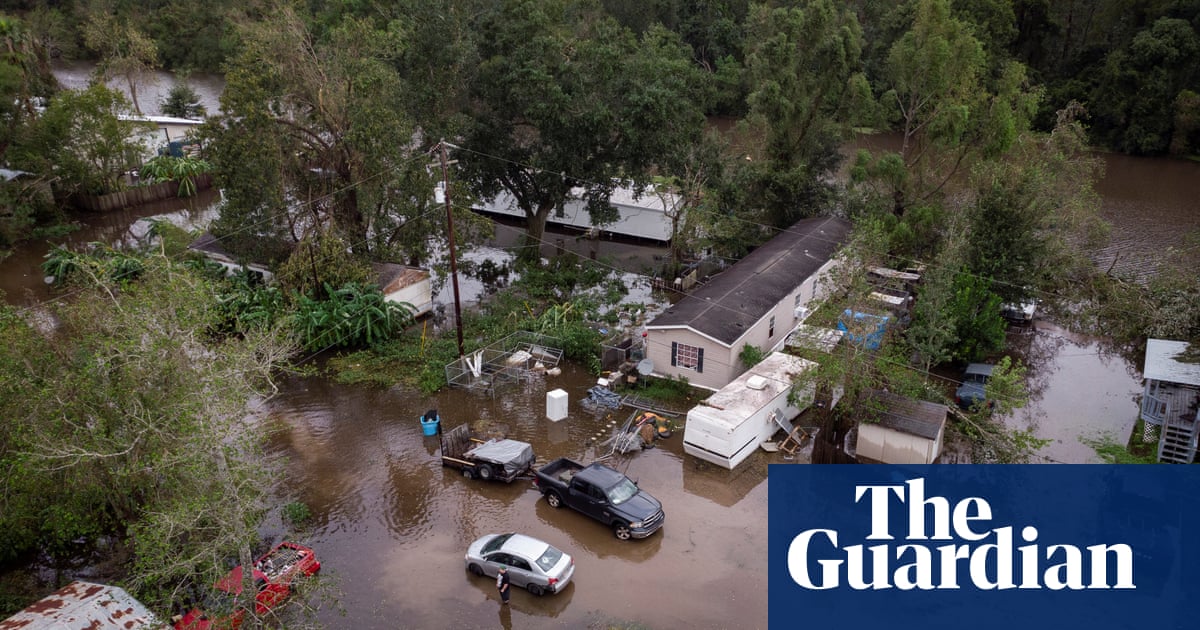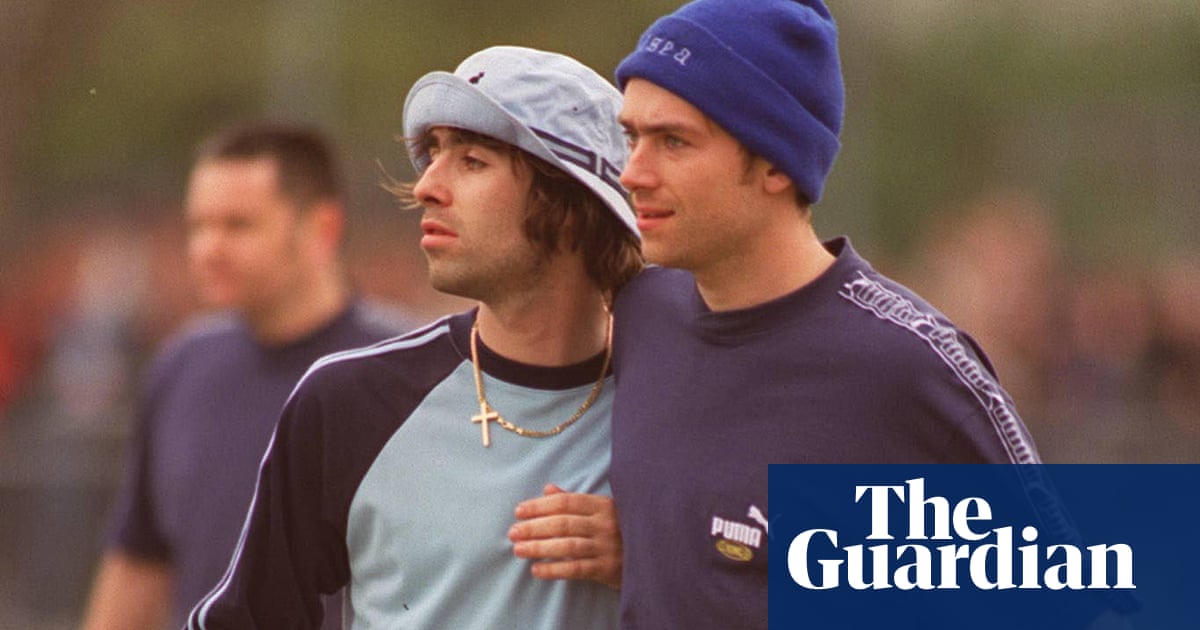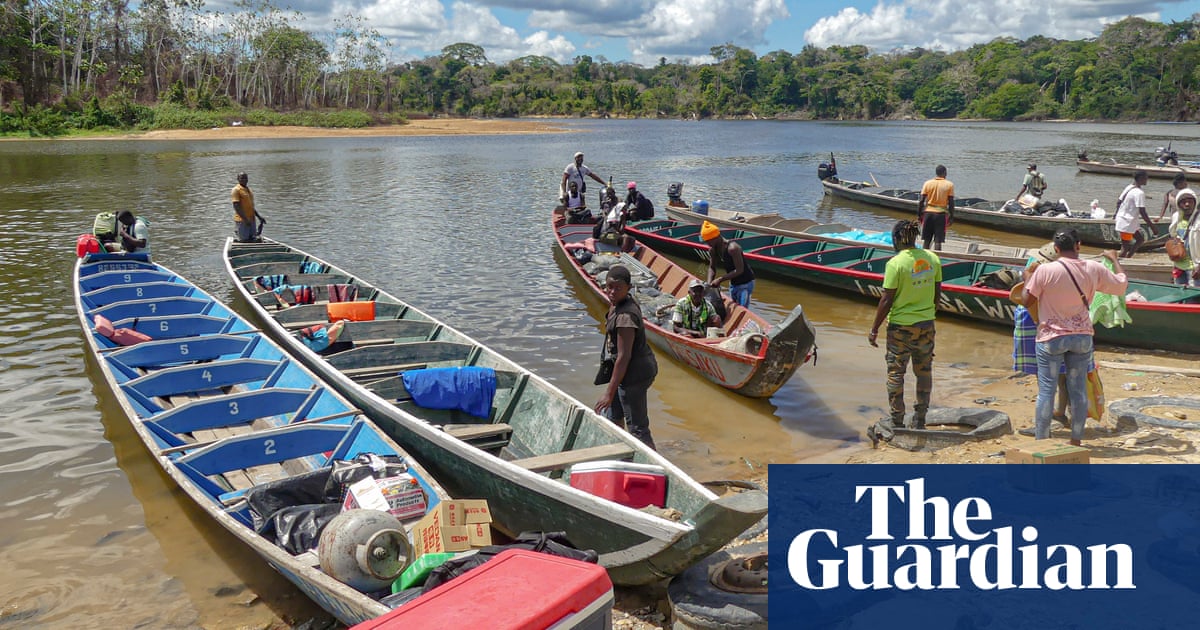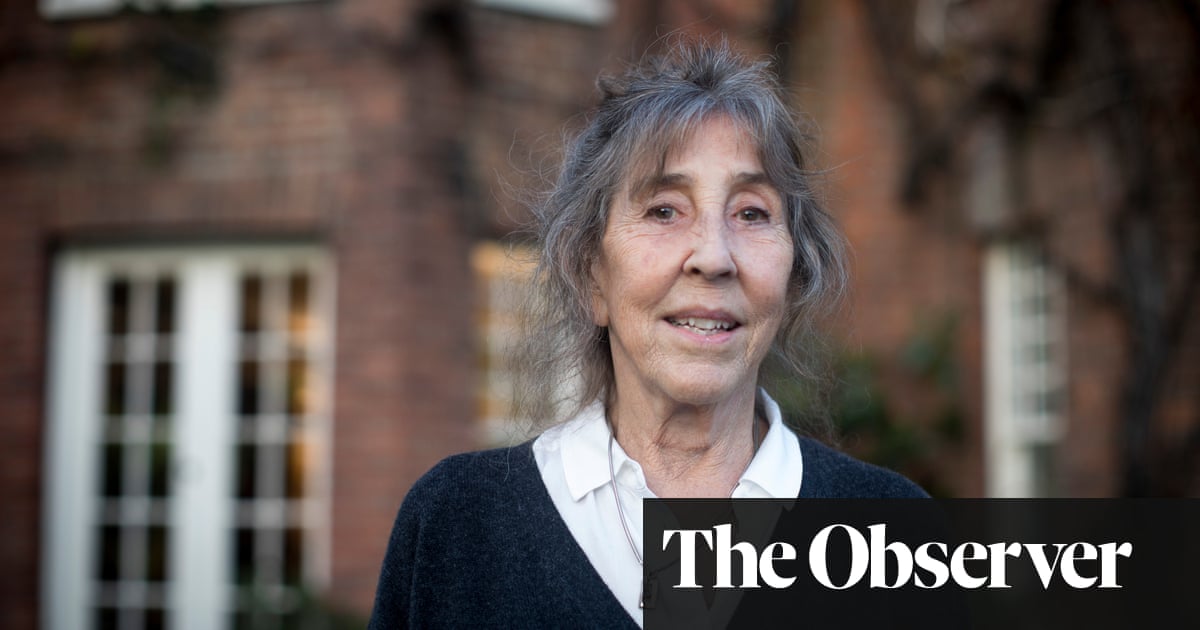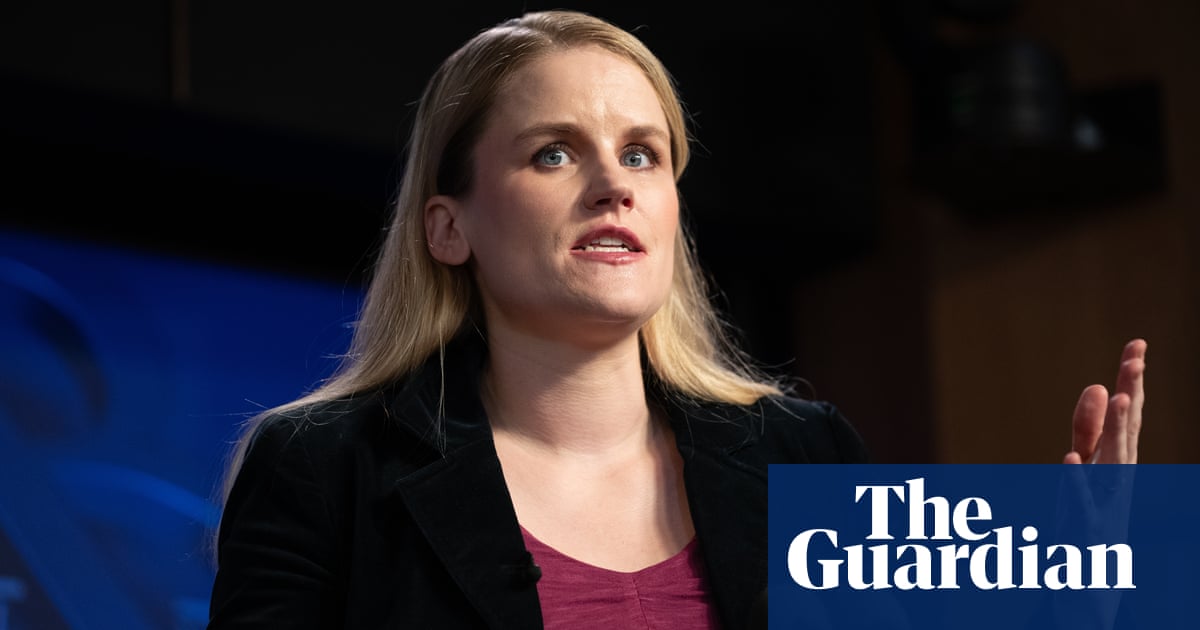At the beginning of the year, Canada’s Conservatives had a 25-point lead over the Liberal government, and their leader, Pierre Poilievre, looked certain to be the country’s next prime minister. But as the votes cast in Monday’s election have been counted, the story of the campaign has been confirmed: victory for the Liberals and their new leader, Mark Carney, who have extended their decade of rule by as much as another five years.
With almost all polls counted, it appears likely that the Liberals will fall just short of a majority, and instead be the leading party in a minority government, as in the last two elections. Regardless, it represents a remarkable turnaround, and vindication for Carney’s efforts to present himself as the prime ministerial candidate who would most effectively stand up to Donald Trump. As for Poilievre: the CBC projects he has lost his seat.
What happened?
In one sense, the result isn’t surprising: even with well-documented antipathy to the Liberals after a decade in office, the task for a party that could so easily be portrayed as sympathetic to Donald Trump became insurmountable once the US president started threatening to annex Canada and ramping up tariffs.
By the same token, the lessons for other western democracies may be quite limited. But the result is still an index of Trump’s power as a recruiting sergeant for his opponents as well as his supporters – and, in Canada, a major blow to the prospects of rightwing populism, at least for now.
The last day of the election campaign was bleakly overshadowed by the deaths of 11 people after an attacker rammed a car into a Filipino street festival in Vancouver – an event whose sheer horror makes it hard to decipher its political valence. Until then, the month-long campaign was defined by Donald Trump.
Even on Monday, Trump told Canadians to “elect the man” who would make Canada the 51st state, which appeared to be a reference to himself. The election can broadly be described as pitting Liberal efforts to place that issue front and centre against Conservative attempts to play down their ties to Trump, neutralise the subject and pivot back to the cost-of-living concerns that had previously given them such a massive advantage.
Despite that drama, the extraordinary reversal in fortunes against the state of play when Justin Trudeau stood down in January was largely baked in by the time his successor, Mark Carney, called the election. And while there was a late tightening in the polls that ate into the Liberals’ lead, nothing happened during the campaign to change the fundamental calculus.
What were the actual results?
As of Tuesday morning the Liberals were leading or confirmed as victorious in 168 of 343 electoral districts, with the Conservatives on 144. This left the Liberals just short of the 172 threshold for an outright majority, meaning they would need the support of smaller parties to govern – but either way, their supporters were delighted.
“There was a bit of a sombre mood early on as Conservatives picked up some seats in Newfoundland,” said the Guardian’s Leyland Cecco, who was reporting from Ottawa.
“But as it became clear that Liberals were outperforming that level elsewhere, it started to feel buoyant. And when it was called, the room erupted in cheers. Now they’re in a weird ‘can we have it all’ feeling – but in the context of where they were a couple of months ago, this result is absolutely unbelievable.”
The former Liberal justice minister David Lametti summarised the mood: “We were dead and buried in December. Now we are going to form a government.”
What does this mean for Canada’s relationship with the US?
Mark Carney, whom British readers will remember from his stint running the Bank of England, is the model of a modern central banker: competent, conventional and colourless, more likely to be popular at Davos than in retail politics.
While the conventional wisdom for years has been that such figures are no longer viable political leaders, the specific circumstances in Canada this year have turned that analysis on its head. As he said himself in March: “I’m most useful in a crisis. I’m not that good in peacetime.”
Carney has promised to negotiate a new trade deal with the US, and has said he hopes to meet Trump in person soon – but that Canada has the leverage to wait until the time is right to do so. In the meantime, he wants to focus on lowering internal trade barriers and bolstering major investment projects, such as housing construction, to spur the economy.
He has also said that the old relationship with the US is over, and emphasised closer ties with the UK and Europe in his brief tenure as prime minister since he replaced Justin Trudeau. In his victory speech, Carney said: “This is Canada, and we decide what happens here.” He added: “We are over the shock of the American betrayal, but we must never forget the lessons.”
“Senior members of his team expect a call with Trump in the next few days,” Cecco said. “The US is obviously top of mind. We’re not talking about Europe becoming the dominant trading partner – but there will be an examination of whether the extent of the relationship with the US is still in Canada’s national interest.”
What does it mean for Pierre Poilievre and the Conservatives?

Before the tariff and annexation issues blew up, Poilievre, generally regarded as an effective and experienced politician, thought he had hit on a winning formula: stop short of Trump’s most radical positions on issues such as immigration and the role of the government, but mimic the Maga movement’s embrace of culture war issues and convince Canadians that someone aligned with Trump would be the best possible leader to deal with the White House.
It is now clear that this alignment was toxic. But whether the Conservatives are likely to tack back towards the centre is much less obvious, because the circumstances of this election were so remarkable – and it is anyone’s guess as to whether Trump will present such problematic baggage during the next election campaign.
“Poilievre leaned heavily on this more aggressive approach that energised the party base,” Cecco says. “In any other election, that might have been enough. But the collapse in the vote share for the smaller parties tilted things towards the Liberals.”
It’s too soon to say if Poilievre will be held personally responsible for the defeat. “Change did not get over the finish line tonight,” he said on Tuesday. “Change takes time. Most of all, it requires that we never give up.”
The CBC reported that he has told allies he wanted to stay on as party leader, pointing to the fact that the Conservatives had their highest vote share in many years. The most immediate and stunning challenge to his hopes: he looked to have lost his own seat in Ontario.
What about the smaller parties?
As the election turned into a binary choice about such a fundamental issue as which prime minister would be best placed to deal with the threat from Trump, the smaller parties appeared bound to suffer – and that was borne out in the results.
The New Democratic party, to the left of the Liberals, saw many of its supporters defect to Carney, and fell from 24 seats to fewer than 10; its leader, Jagmeet Singh, announced his resignation after being pushed into third place in his own seat. The separatist Bloc Québécois also saw its support collapse, falling from 32 seats to a projected 23. (This article from Montreal last week charts the damage done by Trump to the prospects of separatism in Quebec.)
The proportion of the vote share going to the two biggest parties was on track to be comfortably over 80%, the highest it’s been in almost 70 years. “The race was presidentialised,” Cecco said. “A lot of people who voted for the NDP in the past couldn’t see the point now. They have won majorities provincially, so the brand is not totally dead, but the federal wing has lost its way.”
Is this result a model for other progressive parties?
Up to a point. Some liberals will undoubtedly take heart from the idea that a moderate centre-left politician without a radical prescription for reconstructing how the state operates has prevailed against a Trump-adjacent opponent – and the election stands as evidence that Trump’s unpopularity can be turned to his opponents’ advantage around the world.
But the circumstances in Canada are so specific, and Canada’s ties to the US so unusually deep, that the parallels for other democracies are probably quite limited. And there is a danger that anyone who concludes that the way forward is to come across as a defender of the status quo is learning the wrong lesson. Studying Kamala Harris’s defeat in the US elections, after all, or looking at the state of French politics, would lead to very different conclusions.
But that is not to understate the significance of a seismic victory. “It’s an incumbent government surviving in what has recently felt like a sweep against them. And Donald Trump was on the ballot,” Cecco says. “This is the first major electoral repudiation of Trump outside of the United States. As one person put it to me: in Canada, we live on the edge of the volcano.”

 6 hours ago
4
6 hours ago
4
